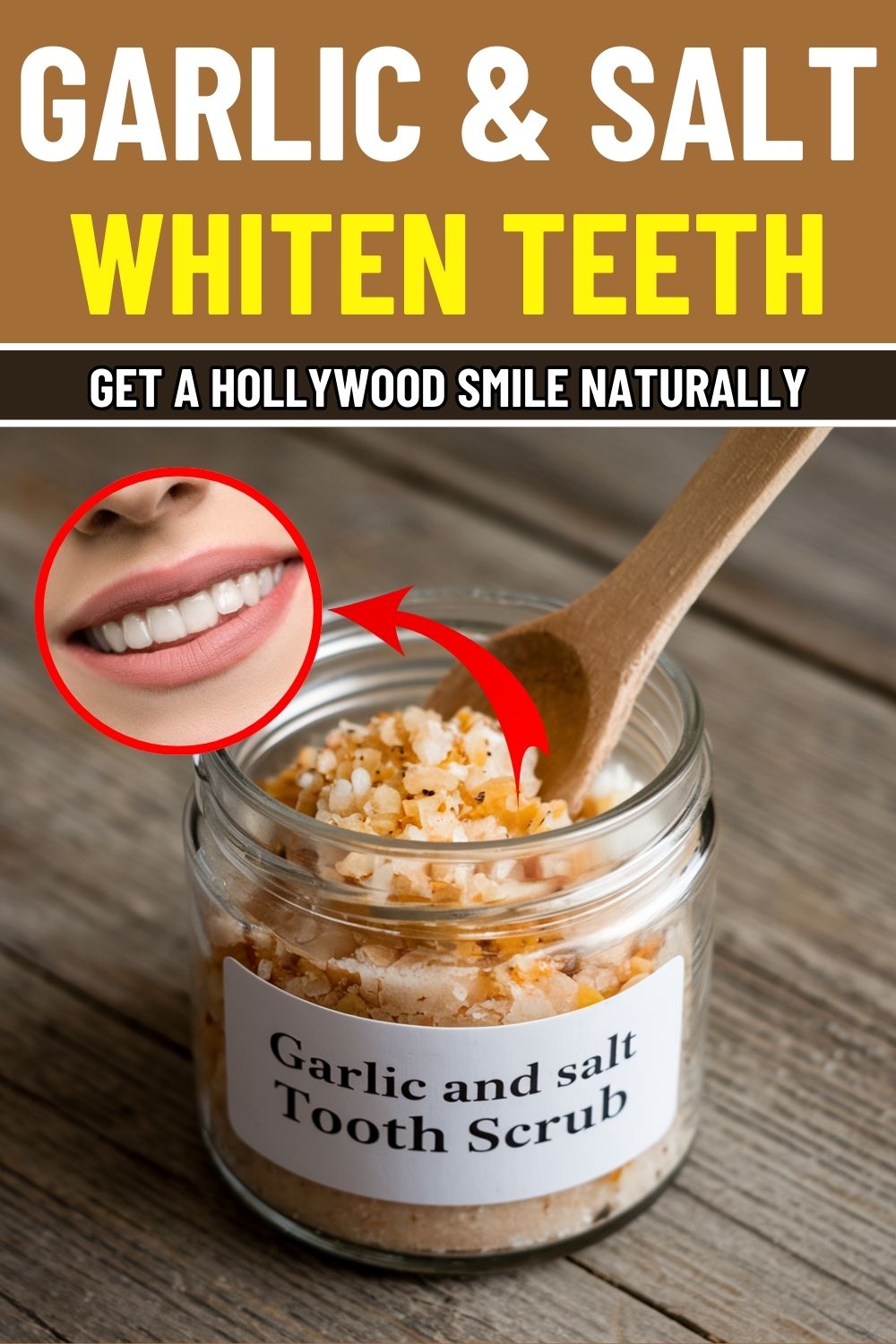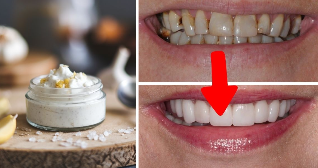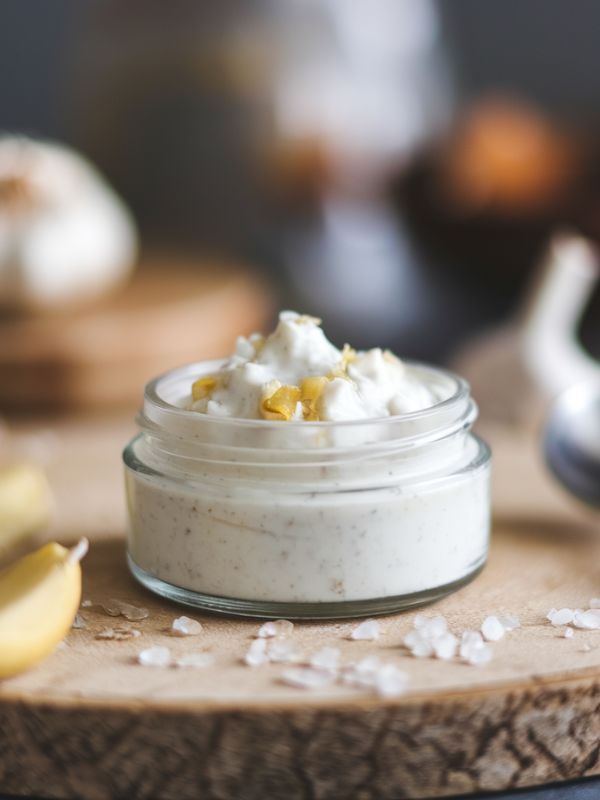Tired of yellowing teeth and stubborn stains? Before you splurge on expensive whitening treatments, consider a simple, natural alternative: garlic and salt!
This unexpected combo is packed with antibacterial, stain-fighting, and enamel-strengthening properties that can help brighten your teeth without harsh chemicals.
If you’re looking for a safe, effective, and budget-friendly way to restore your smile’s natural glow, keep reading!
Why Garlic and Salt Work for Teeth Whitening
1. Removes Stains and Plaque Buildup
Garlic contains allicin, a powerful antimicrobial compound that helps break down plaque and eliminate surface stains. Salt, with its mild abrasive nature, gently scrubs away discoloration caused by coffee, tea, and smoking.
Together, they work to restore your teeth’s natural whiteness over time.
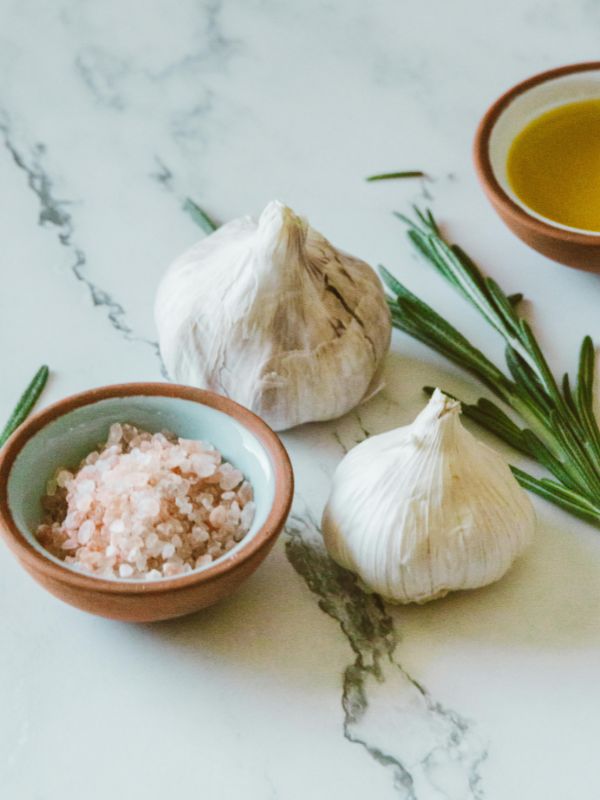
2. Kills Bacteria and Prevents Tooth Decay
Oral bacteria are a leading cause of bad breath, gum disease, and yellow teeth. Garlic’s antibacterial and antifungal properties help kill harmful bacteria, reducing the risk of cavities and improving overall oral hygiene.
Salt acts as a natural disinfectant, helping to keep your mouth fresh and clean.
3. Strengthens Enamel and Prevents Erosion
Weak enamel makes your teeth more prone to staining and decay. Salt contains minerals like calcium and magnesium, which help strengthen enamel and reduce tooth sensitivity.
Garlic’s sulfur compounds also support remineralization, helping to keep teeth healthy and strong.
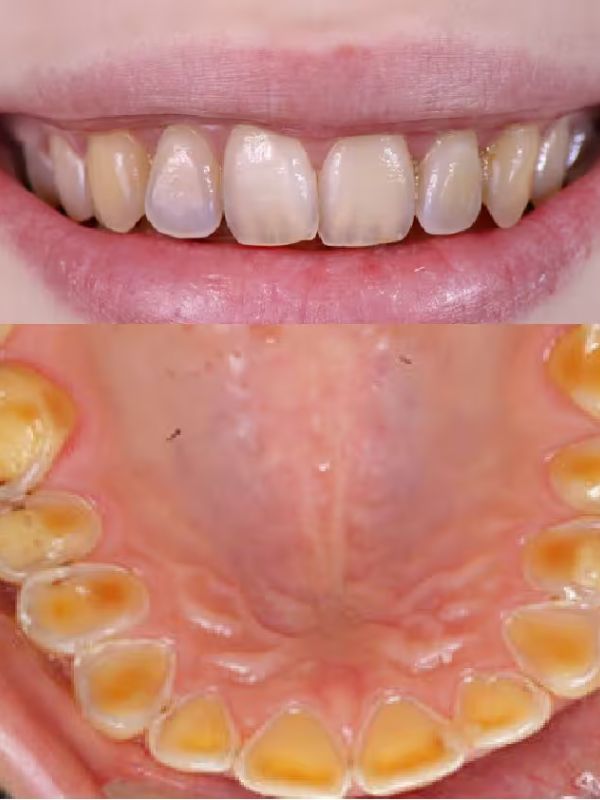
Swollen, inflamed gums can make teeth appear darker and unhealthy. Garlic has anti-inflammatory properties, which help soothe gum irritation and reduce redness and swelling.
Salt, when used as a rinse, can help heal gum infections and stop bleeding, leading to healthier gums and a brighter smile.
5. Fights Bad Breath (Halitosis)
Garlic may not seem like the best choice for fresh breath, but its antibacterial properties eliminate odor-causing bacteria at the source.
Salt, when combined with garlic, neutralizes acidity in the mouth, reducing bad breath and promoting long-lasting freshness.

6. Balances pH Levels for a Cleaner Mouth
An acidic mouth environment can lead to staining and decay. Salt neutralizes acidity, creating a more balanced pH that prevents bacterial growth.
Garlic’s alkalizing effects further protect your enamel and promote overall oral health.
7. Provides a Natural Alternative to Chemical Whiteners
Many store-bought teeth whiteners contain harsh chemicals like hydrogen peroxide and artificial abrasives, which can cause tooth sensitivity and gum irritation.
Garlic and salt offer a gentler, chemical-free alternative that helps whiten teeth without harming your enamel.
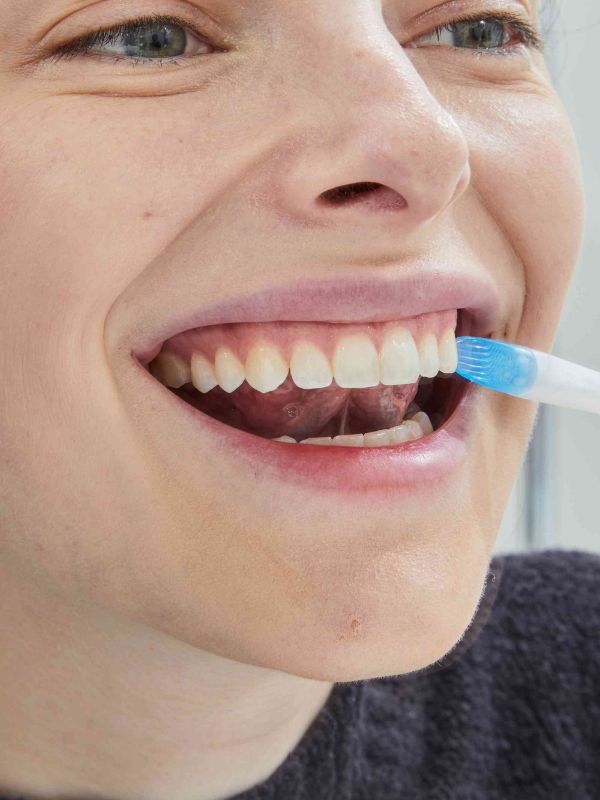
- Pin It
How to Use Garlic and Salt for Teeth Whitening
1. Garlic and Salt Whitening Paste
Ingredients:
- 1 clove fresh garlic
- ½ tsp sea salt (or Himalayan salt)
- A few drops of water
Instructions:
- First, crush the garlic into a fine paste.
- Next, mix in the salt and a few drops of water to form a thick paste.
- Then, apply the paste to your teeth using a toothbrush or your finger.
- Gently brush for 2 minutes, then rinse with lukewarm water.
- Repeat 2–3 times per week for best results.
- Pin It
2. Garlic and Salt Mouth Rinse
Ingredients:
- 1 cup warm water
- 1 clove crushed garlic
- ½ tsp sea salt
Instructions:
- First, dissolve the salt in warm water.
- Next, add the crushed garlic and let it steep for 5 minutes.
- Then, strain the mixture and use it as a mouth rinse.
- Swish for 30 seconds, then spit it out.
- Use daily for fresher breath and improved oral health.
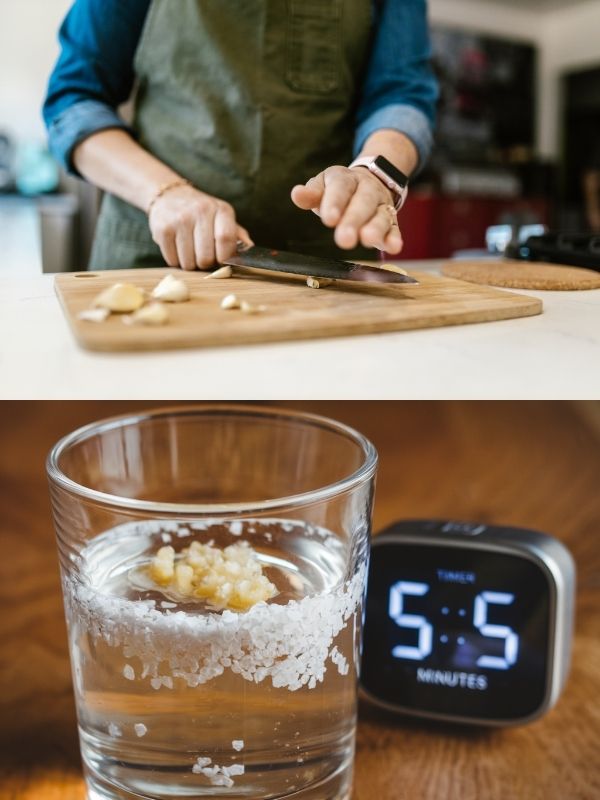
- Pin It
3. Garlic and Salt Tooth Scrub
Ingredients:
- 1 clove garlic (minced)
- ½ tsp salt
- 1 tsp baking soda (optional for extra whitening power)
Instructions:
- First, mix all ingredients into a gritty paste.
- Next, use your finger or a toothbrush to rub the mixture onto your teeth.
- Let it sit for 1–2 minutes, then rinse thoroughly.
- Use 2 times per week for noticeable whitening effects.
- Pin It
Cautions and Precautions
Do not use garlic and salt daily, as excessive scrubbing can wear down enamel over time. Stick to 2–3 times per week for best results.
If you have sensitive teeth or gums, use caution, as garlic can cause mild irritation in some people. If irritation occurs, discontinue use.
Avoid applying garlic directly to open wounds or ulcers in the mouth, as it may cause a burning sensation. If you experience persistent tooth discoloration, consult a dentist to rule out underlying dental issues.
Disclaimer
This article is for informational purposes only and does not replace professional dental advice. Always consult a dentist before using new oral care remedies, especially if you have existing dental conditions.
